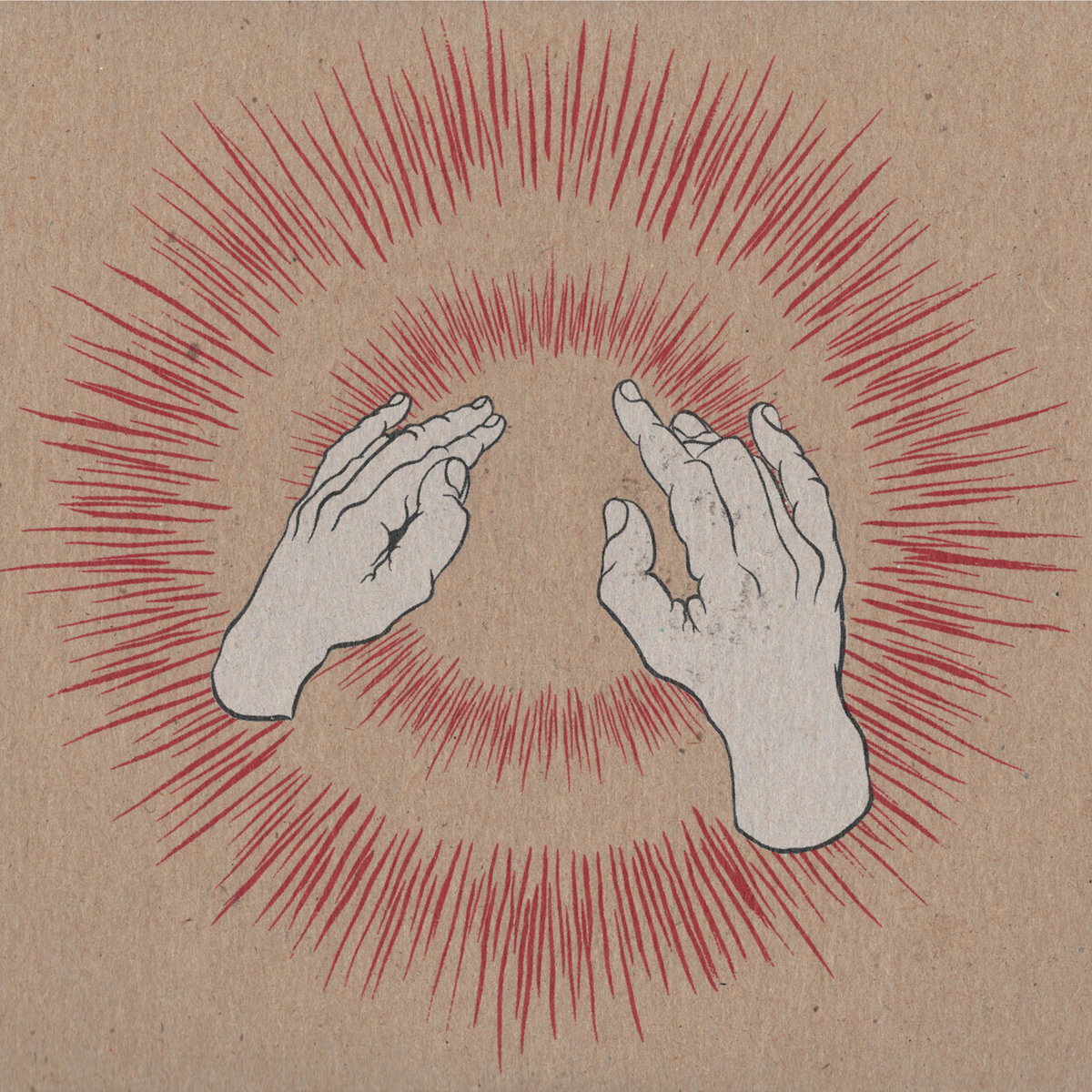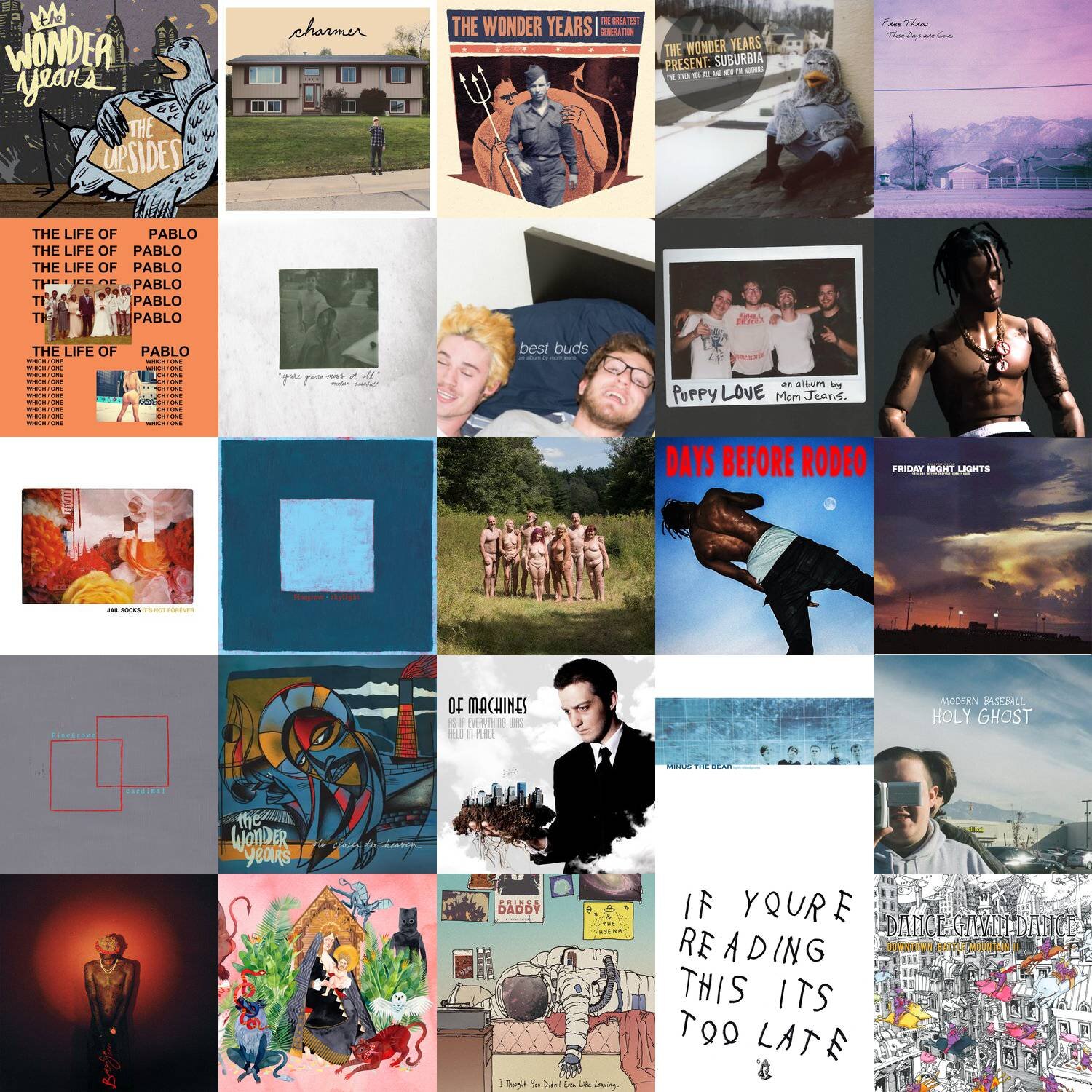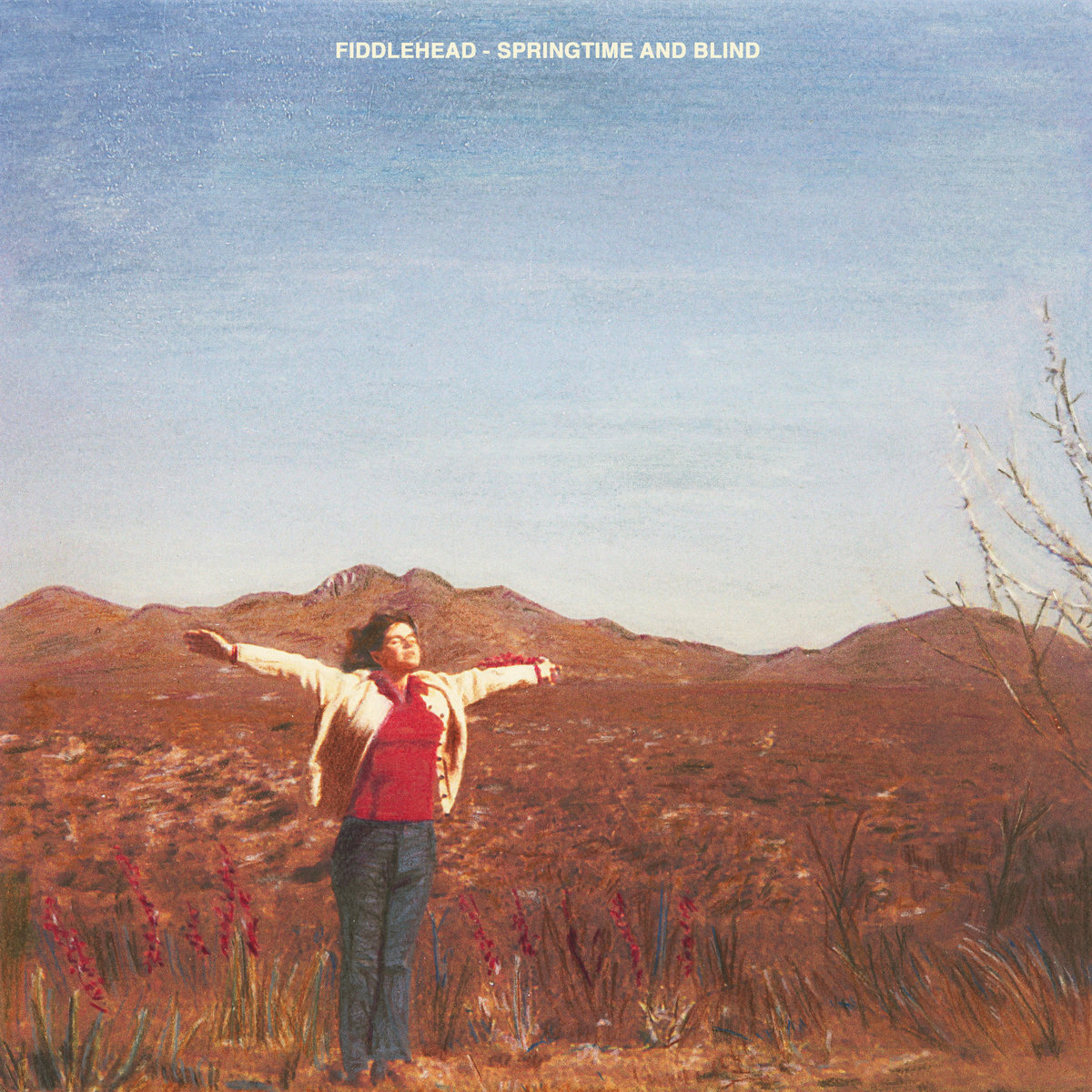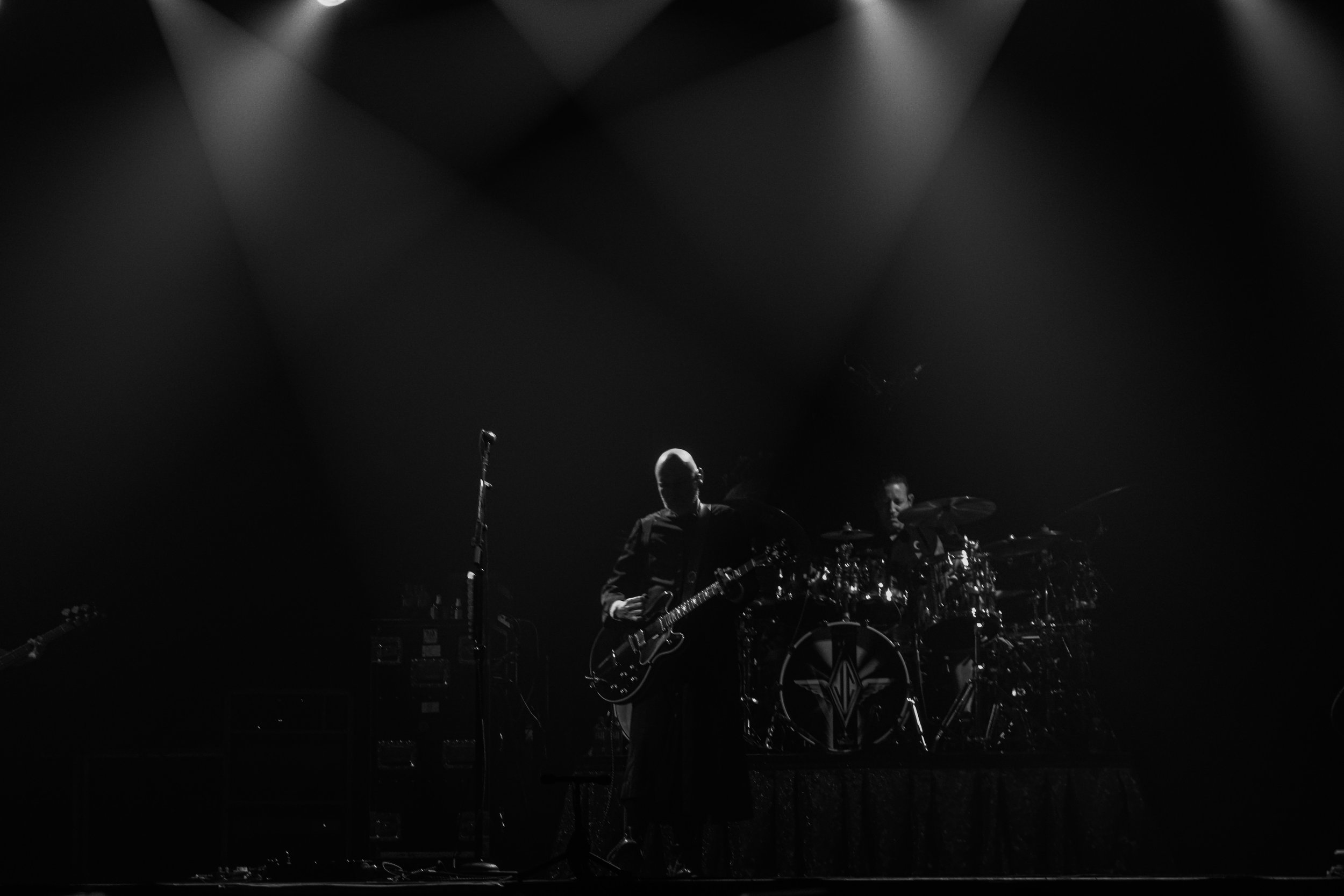Carpool – Come Thru Cool (Punk Ass) | Track Premiere
/The newest Carpool single begins with a swirl of radio static that immediately transports the listener back to the 90s, a side-effect that’s very much intentional. Within seconds, a sludgy guitar lick overwhelms the senses, quickly paving the way for a throat-shredding bellow that would make Keith Buckley proud. And just like that… you’re in Carpool’s world.
Following lead single “The Salty Song (Erotic Nightmare Summer),” the band’s latest track “Come Thru Cool (Punk Ass)” utilizes just as many parentheses and packs just as much of a punch as its predecessor. Throughout the song, Carpool pairs thrashy, fuzzed-out power chords in the vein of fellow New York rockers Prince Daddy & The Hyena with blissed-out melodic vocals that echo 90s radio rock giants like Third Eye Blind. This combination results in an intoxicating two minutes and twenty-two seconds that unequivocally proves that there’s never enough sneering emo-punk in the world.
On a conceptual level, “Come Thru Cool” is at once a hometown anthem, a childhood nostalgia trip, and a pissed-off vent session. It’s a song about replacing your waning innocence with self-help; a blur of warm, fuzzy feelings that are constantly clashing with the cold realities of adulthood. It’s an anthemic, fist-balling, scream-along sunny weather punk rock song that combines a catchy Oso Oso-tier chorus with the full-bodied delivery of Dogleg. Carpool places these full-throttle vocal stylings over a tight and polished instrumental and caps it all off with a bout of shouty pop-punk gang vocals. “Come Thru Cool” is a hooky punk confection that lodges itself in your brain like bubblegum. If these singles are any indication, the band’s forthcoming album is guaranteed to be one of the most impressive debuts of the year.
“Come Thru Cool (Punk Ass)” drops on streaming platforms tomorrow, May 15th, and Carpool’s debut LP will be available everywhere on June 5th through Acrobat Unstable Records.



























